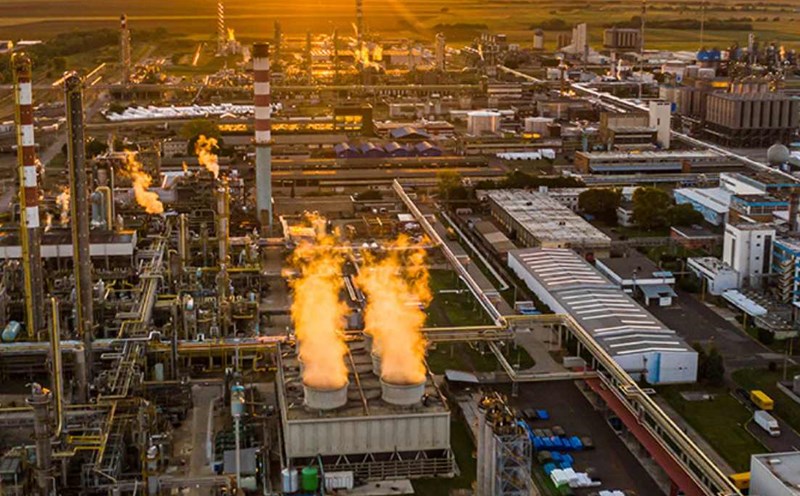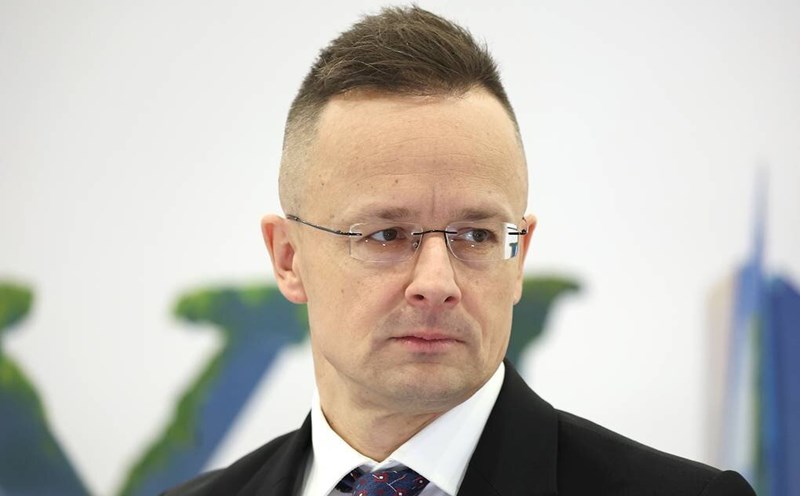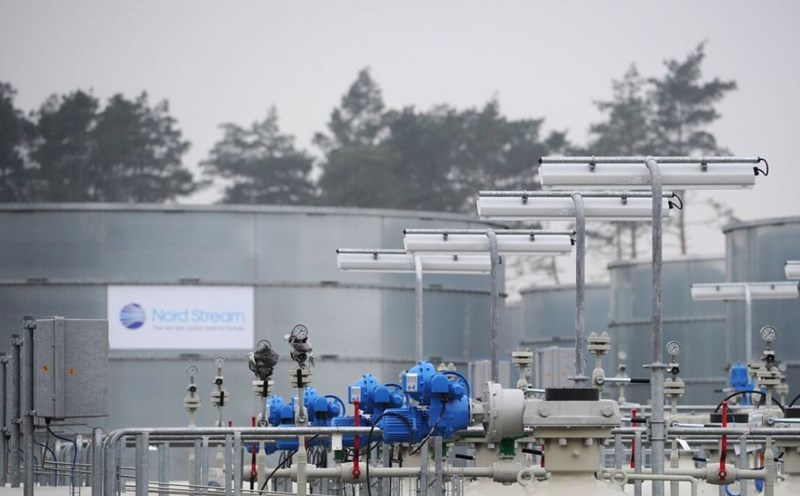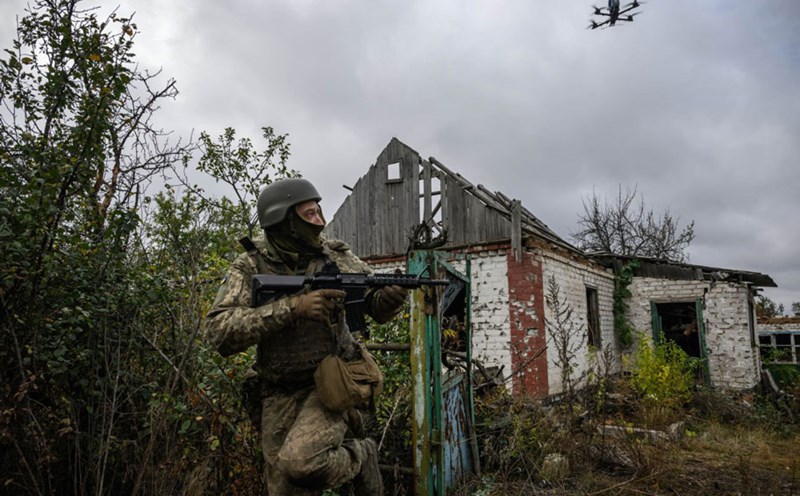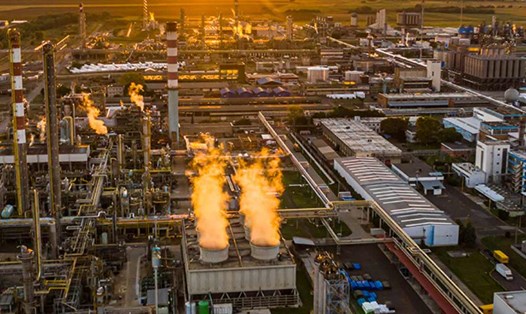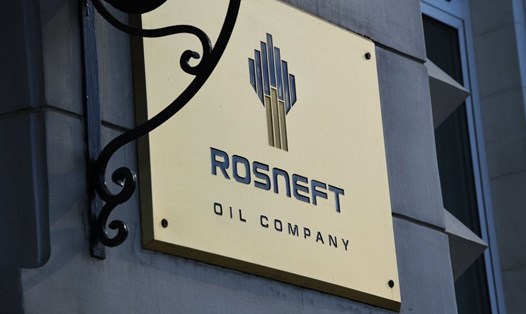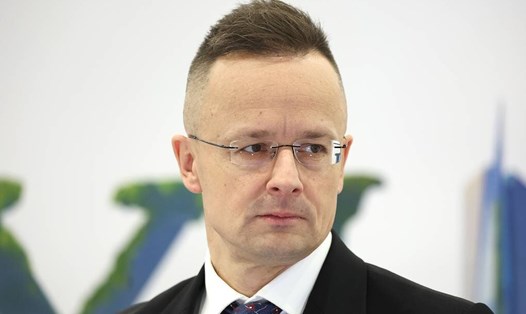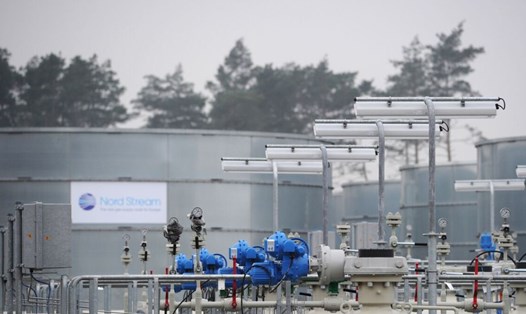Russia has just recorded its highest ever volume of gas exported to Europe via the TurkStream gas pipeline, according to new data released by the European Gas Transmission System Operators Network (ENTSOG).
In October, Russian gas flow through TurkStream to European countries reached 1.68 billion cubic meters, up 9% in September and 13% over the same period last year. This is a record high since the pipeline was put into operation in 2020.
In the first 10 months of 2025, exports via this route increased by 7.6%, reaching 14.7 billion m3.
According to TASS's estimate, TurkStream's average exploitation capacity in October reached 96%, with a flow rate of 54.3 million m3/day, only lower than the record in February.
TurkStream - the only pipeline still operating to bring Russian gas to Europe - starts from the Russkaya compression station near Anapa, crosses the Black Sea to Turkey, then branches off to Southern and Southeastern European countries.
In the context of the transit route through Ukraine and the Nord Stream pipeline having stopped operating, TurkStream is considered the "last energy corridor" connecting Russia to the European market.
According to 2024 data, the amount of Russian gas passing through TurkStream to Europe increased by 23%, reaching 16.7 billion m3, of which Hungary received up to 8.6 billion m3, the highest level in history. Total pipeline Russian gas exports to Europe last year reached 32.1 billion cubic meters, up 14% over the previous year.
In addition, Russia has increased gas supplies to Turkey by 2.6%, reaching more than 21 billion cubic meters via two routes under the Black Sea, Blue Stream and TurkStream.
Analysts say that TurkStream's new record reflects Russia's shift in energy focus - instead of relying on traditional transit routes through Ukraine or the Baltic, Moscow is strengthening Turkey's role as a strategic energy hub - the remaining "door" for Russian gas to access the European market.
While the European Union (EU) is still determined on a roadmap to reduce Russian oil and gas imports to zero before 2028, the reality shows that the need to stabilize cheap supply still holds this "last mach" to a strong hold - demonstrating the difficult energy link between Russia and Europe, at least in the short term.

